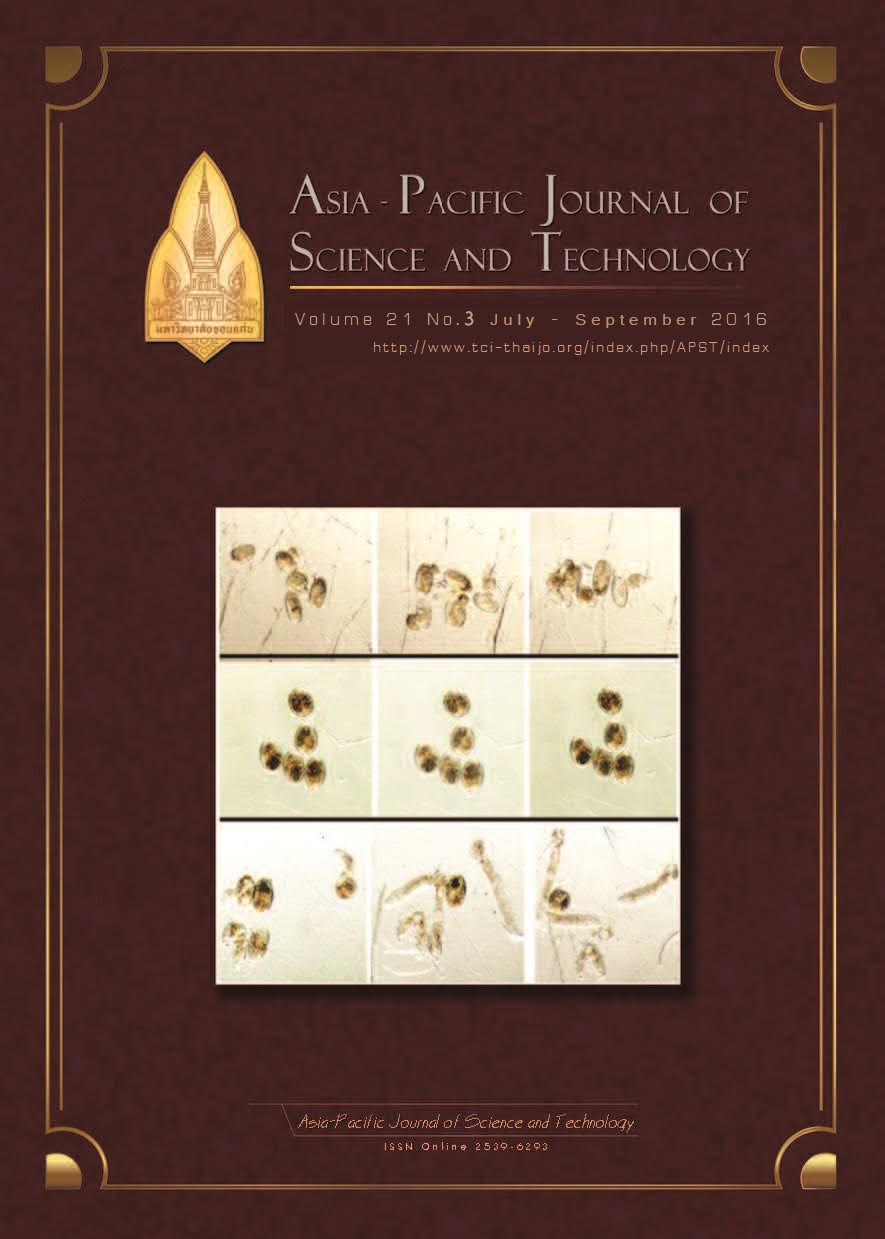Perception of health insurance of Khon Kaen University students
Main Article Content
Abstract
Background: There are three main types of health insurance system in Thailand including universal coverage (UC), social security insurance, and civil servant medical benefit system. Students at Khon Kaen University (KKU) are automatically received the UC coverage. This study aimed to evaluate if KKU students know their rights for health insurance.
Methods: This study was a survey research conducted on undergraduate students at KKU. An open-ended questionnaire was used to assess if subjects were known and knowledgeable regarding their health insurance during the study at KKU.
Results: There were 400 students participated the study. Almost half of students (189 subjects; 47.25%) were 19 years of age with the range of 18-23 years. Of those, 122 students (30.50%) did not know if they had health insurance or not. Only 26 students (6.50%) knew details of the health insurance for KKU students, while 289 students (72.25%) did not know whether KKU students have health insurance.
Conclusions: Undergraduate KKU students were not knowledgeable about their health insurance. Further campaigns regarding student health insurance should be performed to educate students’ rights in health insurance.
Article Details
References
Levy H, Meltzer D. The impact of health insurance on health. Annu Rev Public Health. 2008;29:399-409.
Wang C, Li Q, Sweetman A, Hurley J. Mandatory universal drug plan, access to health care and health: Evidence from Canada. J Health Econ.;44:80-96.
McLaughlin CG. Delays in treatment for mental disorders and health insurance coverage. Health Serv Res. 2004;39(2):221-4.
McWilliams JM. Health consequences of uninsurance among adults in the United States: recent evidenceand implications. Milbank Q. 2009;87(2):443-94.
Guo C, Du W, Hu C, Zheng X. Prevalence and factors associated with healthcare service use among Chinese elderly with disabilities. J Public Health (Oxf). 2015. pii: fdv120. (in press).
Kongbunkiat K, Kasemsap N, Thepsuthammarat K, Tiamkao S, Sawanyawisuth K. National data on stroke outcomes in Thailand. J Clin Neurosci. 2015;22(3):493-7.
Hughes D, Leethongdee S. Universal coverage in the land of smiles: lessons from Thailand's 30 Baht health reforms. Health Aff (Millwood). 2007;26(4):999-1008.
Damrongplasit K, Melnick GA. Early results from Thailand's 30 Baht Health Reform: something to smile about. Health Aff (Millwood). 2009;28(3):w457-66.
http://www.raosoft.com/samplesize.html
Card D, Dobkin C, Maestas N. The Impact of Nearly Universal Insurance Coverage on Health Care Utilization: Evidence from Medicare. Am Econ Rev. 2008;98(5):2242-2258.
Weissman JS, Stern R, Fielding SL, Epstein AM. Delayed access to health care: risk factors, reasons, and consequences. Ann Intern Med. 1991;114(4):325-31.
Johnson RW, Crystal S. Uninsured status and out-of-pocket costs at midlife. Health Serv Res. 2000;35(5 Pt 1):911-32.
Roby DH, Kominski GF, Cameron ME. Improving access through health insurance coverage and safety net expansion: a review of the literature. Policy Brief UCLA Cent Health Policy Res. 2007;(PB2007-10):1-6.


